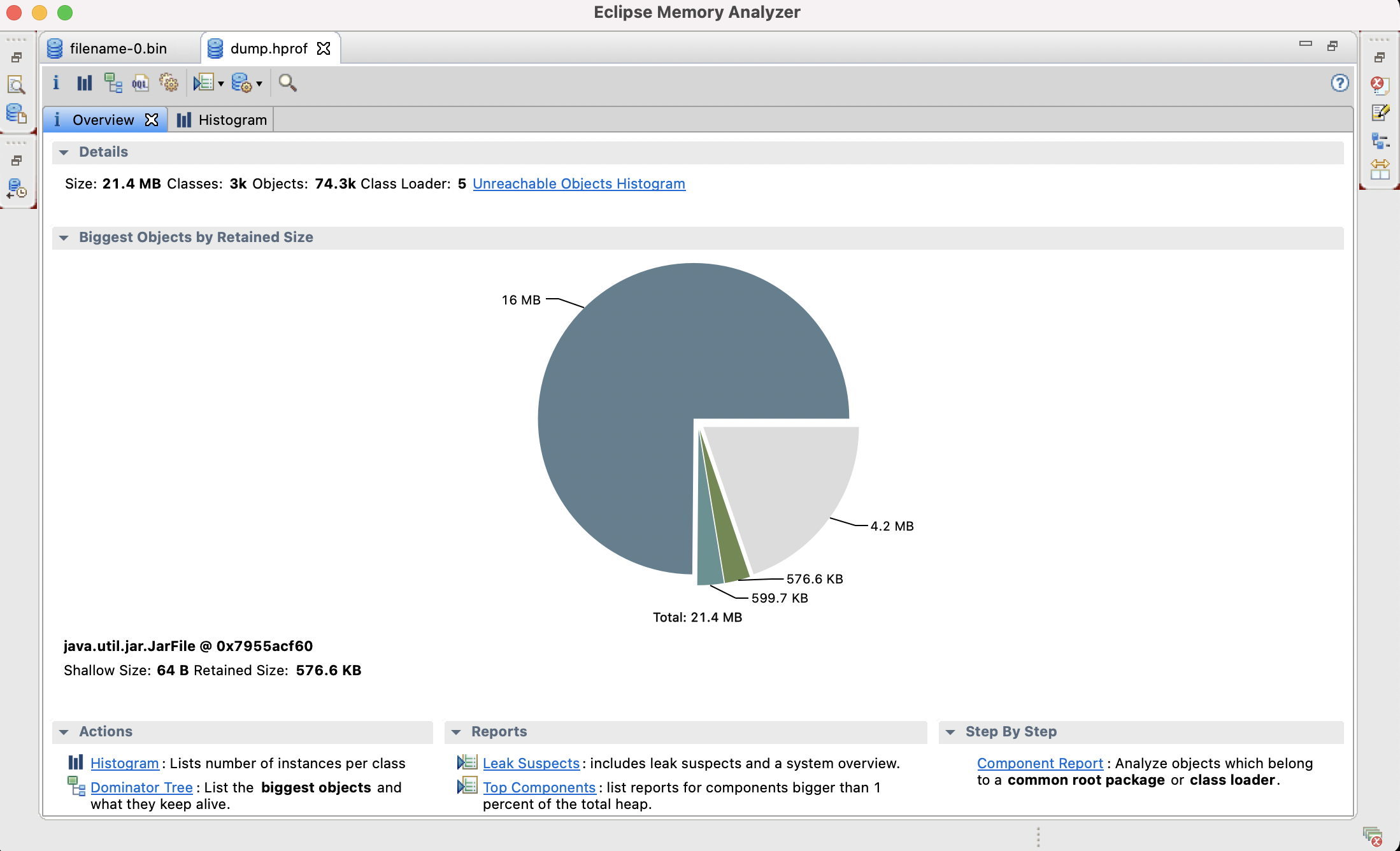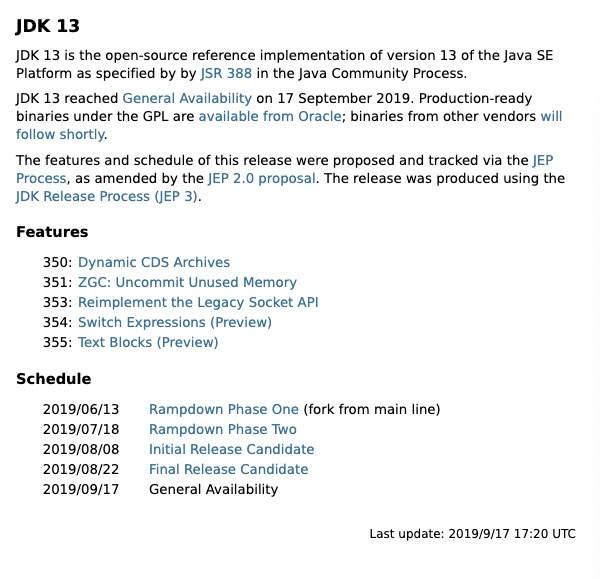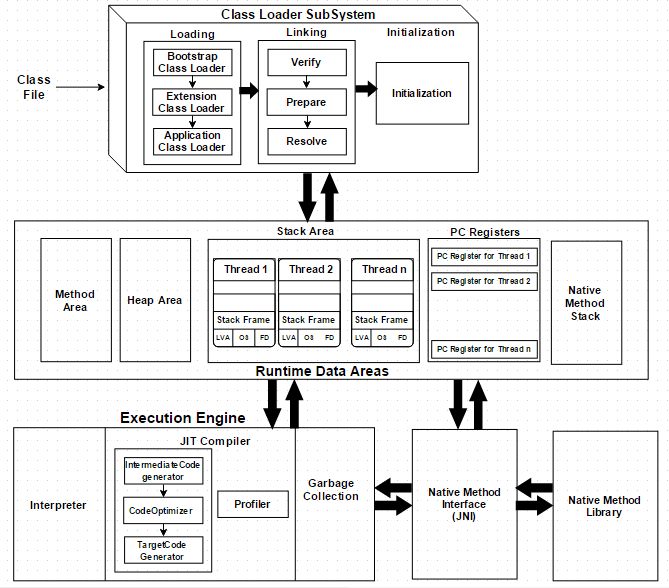我们都知道,java中的Map结构是key->value键值对存储的,而且根据Map的特性,同一个Map中不存在两个Key相同的元素,而value不存在这个限制。换句话说,在同一个Map中Key是唯一的,而value不唯一。Map是一个接口,我们不能直接声明一个Map类型的对象,在实际开发中,比较常用的Map性数据结构是HashMap和TreeMap,它们都是Map的直接子类。如果考虑到存取效率的话,建议使用HashMap数据结构,而如果需要考虑到Key的顺序,建议使用TreeMap,但是TreeMap在删除、添加过程中需要排序,性能比较差。
以Key进行排序
我们可以声明一个TreeMap对象
Map<Integer, Person> map = new TreeMap<Integer, Person>();
然后往map中添加元素,可以通过输出结果,可以发现map里面的元素都是排好序的
//遍历集合
for (Iterator<Integer> it = map.keySet().iterator(); it.hasNext();) {
Person person = map.get(it.next());
System.out.println(person.getId_card() + " " + person.getName());
}
我们也可以声明一个HashMap对象,然后把HashMap对象赋值给TreeMap,如下:
Map<Integer, Person> map = new HashMap<Integer, Person>(); TreeMap treemap = new TreeMap(map);
以Value进行排序
先声明一个HashMap对象:
Map<String, Integer> map = new HashMap<String, Integer>();
然后我们可以将Map集合转换成List集合中,而List使用ArrayList来实现如下:
List<Entry<String,Integer>> list = new ArrayList<Entry<String,Integer>>(map.entrySet());
最后通过Collections.sort(List l, Comparator c)方法来进行排序,代码如下:
Collections.sort(list, new Comparator<Map.Entry<String, Integer>>() {
public int compare(Map.Entry<String, Integer> o1,
Map.Entry<String, Integer> o2) {
return (o2.getValue() - o1.getValue());
}
});
上述代码是讲map中的value按照逆序排序,如果需要按照升序进行排序的话,只需要修改o2.getValue() - o1.getValue()为o1.getValue() - o2.getValue()即可
原创文章版权归过往记忆大数据(过往记忆)所有,未经许可不得转载。
本文链接: 【Java中Map根据键值(key)或者值(value)进行排序实现】(https://www.iteblog.com/archives/484.html)










向博主学习!
谢谢分享!